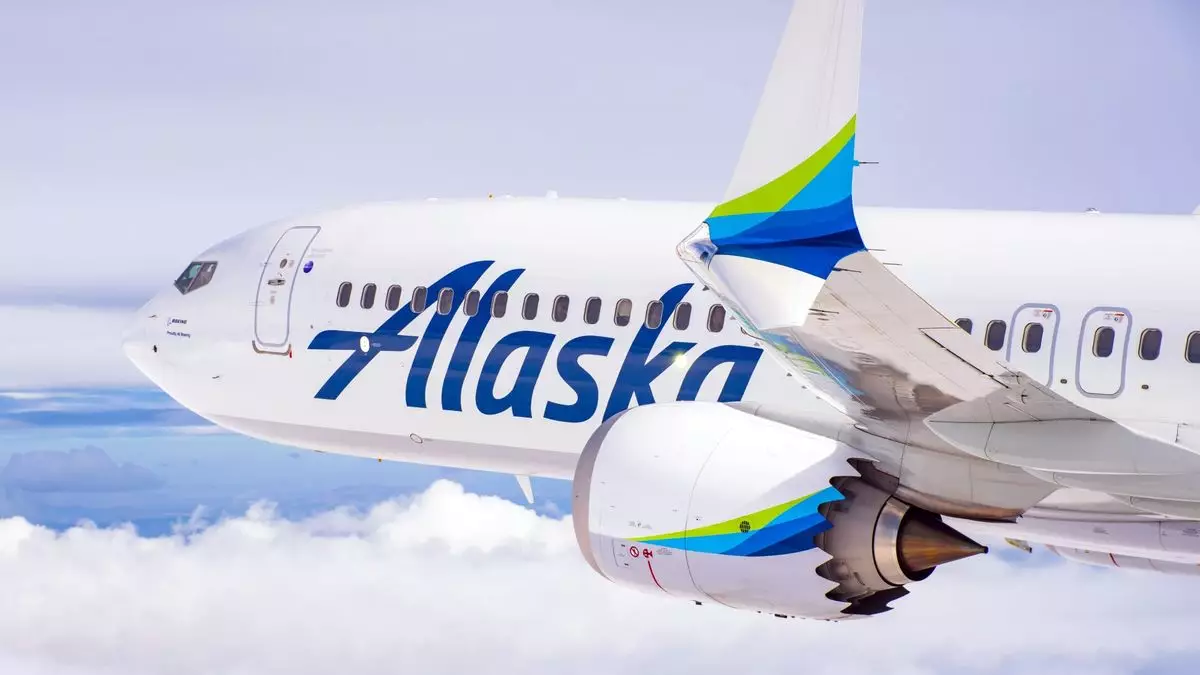The recent strike by Boeing machinists, which has halted production of key aircraft like the 737 Max, poses a significant challenge to the U.S. airline industry. With unions negotiating a new contract amidst rising labor tensions, the effects of this labor stoppage extend far beyond the immediate financial implications for Boeing. Analysts have begun to dissect the potential fallout for airlines, particularly those heavily reliant on the timely delivery of new aircraft.
According to a comprehensive analysis by Bloomberg Intelligence, U.S. airlines such as Alaska Airlines, American Airlines, and United Airlines are poised to suffer the most from these production delays. Alaska Airlines was counting on 14 new Max aircraft in the upcoming months, giving it the highest expected delivery count among U.S. airlines. American and United were anticipating the addition of 10 and 9 planes, respectively. Collectively, these three carriers represent a substantial portion of the anticipated deliveries for the end of the year.
However, while the immediate impact seems severe, analysts suggest that the timing of the strike could mitigate the effects somewhat. The slowdown in air travel typically coincides with the transition from the peak summer season to the quieter fall months, potentially reducing the urgency for immediate aircraft availability.
Despite the predicted domestic delays, the overarching picture of global aircraft deliveries remains more optimistic. Bloomberg foresees that out of a total of 146 expected global deliveries of the 737 Max during the last quarter of the year, approximately 36 will still be delivered. These deliveries are likely derived from existing inventories rather than new production output. International airlines such as Air India and various Chinese carriers are positioned to benefit from this situation, allowing them to bolster their fleets even as U.S. airlines grapple with shortages caused by the strike.
This dynamic brings to light a broader trend within the global aviation market, where reliance on international suppliers could lead to disparities in fleet expansion capabilities between U.S. and foreign carriers.
The ramifications of the strike extend beyond the 737 Max to involve the production of larger models like the Boeing 777 and 767. Major clients such as FedEx and the U.S. Air Force face delayed deliveries for these aircraft, which could impact logistic and military operations respectively.
As negotiations resume this week between union representatives and Boeing management, facilitated by federal mediators, the outcome will be critical in determining the future of production levels and the financial health of the airline industry. The swift resolution of these issues is paramount to minimizing long-term disruptions.
The Boeing machinists’ strike presents a multifaceted challenge for U.S. airlines seeking to navigate the complexities of delayed aircraft deliveries. While international carriers may find opportunities to expand their fleets, U.S. airlines—especially those depending on the 737 Max—face significant hurdles. The coming negotiations will be crucial, as stakeholders remain watchful for developments that could shape the future landscape of the aviation industry.


Leave a Reply